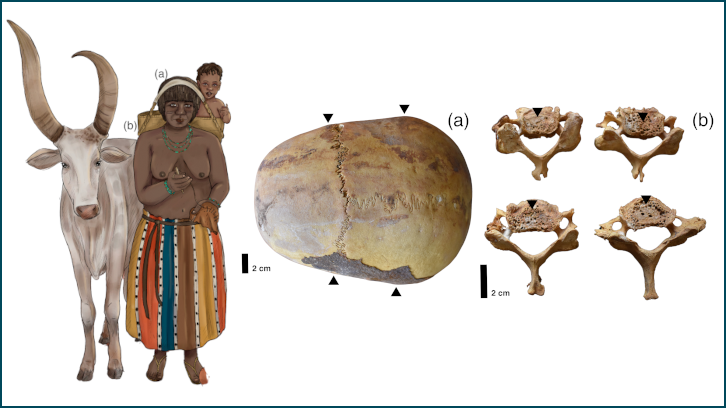Genes, Environment and Societies: interpreting stature differentials between men and women in 20th-century Spain

Author: iStockphoto/shironosov.
Over the last decades diverse disciplines in the field of social sciences have utilized human height to cope with the evolution, differentials and determinants of key dimensions of well-being before the evidence that human growth is partly a function of health and nutrition during infancy and adolescence. To be sure one’s stature, as other physical traits, is inherited and genetic factors also contribute to explain that some populations are taller than others. Nevertheless, that a given population experience up and down cycles in its mean stature over time has mainly to do with the living conditions and specifically with three of their determinants: nutrition, exposure to infectious diseases and exposure to prolonged physical effort early in life.
For the most part, historical anthropometric studies are based upon male heights because of the abundance of raw heights from mandatory conscription. Female heights are fewer and so works comparing male and female height are. This is an important limitation because, as it is displayed in this research, the conclusions about the evolution of living conditions in a given society may differ whether male height, female height or a combination of both are analyzed.
This work is founded upon self-reported heights from ENSE (Spanish Health Interview Survey) among Spanish cohorts born between 1910 and 1979. Spain is an interesting case study given is low ethnic heterogeneity until very recent times. Also, the velocity and intensity of socioeconomic changes over the last century in this country has made that generations with very diverse experiences in terms of living conditions over their life cycle live together and thus may be analyzed at present.
|
|
|
| Figure 1. Mean stature (cm) and sexual stature dimorphism ratio among Spanish cohorts born 1910-1979. | |
In absolute terms differences in mean height between men and women among current affluent societies are often above 13 cm. In relative terms, the ratio resulting of dividing male mean height between female mean height mostly ranged between 1.07 and 1.08 among cohorts of Europeans born during the 1960s and the 1970s (that is to say men were between 7% and 8% taller than women on average). All this means that Spanish men born during the first half of the 20th century should have been taller on average (Figure 1).
While height differentials in adulthood may indicate gender biases (e.g. asymmetric provision of food and cares between boys and girls) during the physical growth process, this does not seem to have been the cause of the increase in sexual stature dimorphism in Spain. However, under negative environmental conditions (i.e. food insecurity and/or lack of basic hygienic measures and sanitary premises) girls’ growth is less affected than boys’. For this reason it is said that boys and girls have a different degree of eco-sensitiveness. This said, Spanish males born approximately since 1940 could actually benefit of institutionalized diets (e.g. during rationing times and the military service) while they were likely still growing. To be sure, girls are more resilient but they also stop growing earlier. Both of these characteristics could explain the lower increase in female height across successive cohorts born during the 1940s (postwar decade of autarchy) and the 1950s. In other words, by the time environmental conditions improved substantially since the decade of 1960s (food security was not attained until the mid-1950s in Spain) a good part of those girls had stopped growing.
|
|
|
| Figure 2. Sexual stature dimorphism (cm) by social class among Spanish cohorts born 1910-1979. | |
Another outstanding result of this research is worth mentioning: the pathway towards modern standards of sexual dimorphism was completed faster and earlier among upper classes (these are embodied by higher educational attainment in this work) (Figure 2). This indicates that sexual stature dimorphism may capture not only environmental influences at a macro level but also micro-level determinants of biological well-being (i.e. those operating at a household-level).
This work was carried out during the research stay 19648/IV/14 funded by Séneca Foundation-Science and Technology Agency of the Region of Murcia (“Jiménez de la Espada” Program for Mobility, Cooperation and Internationalization).
References
Cámara, A. D. 2015. A biosocial approach to living conditions: inter-generational changes of stature dimorphism in 20th-century Spain. Annals of Human Biology. 2015, vol.42, num. 2, p. 167-77. doi: 10.3109/03014460.2014.911349.


